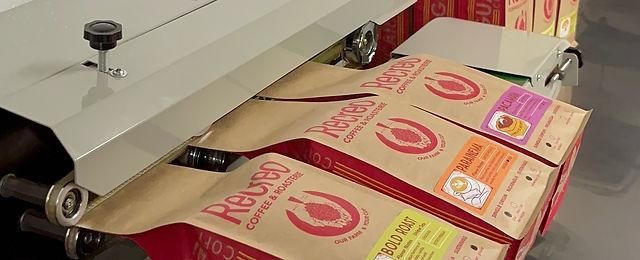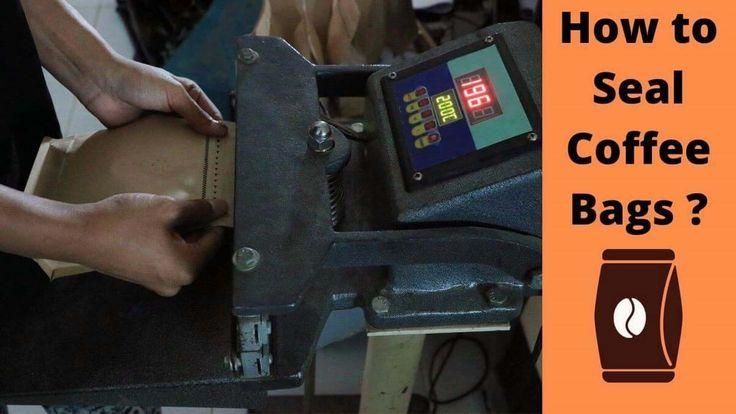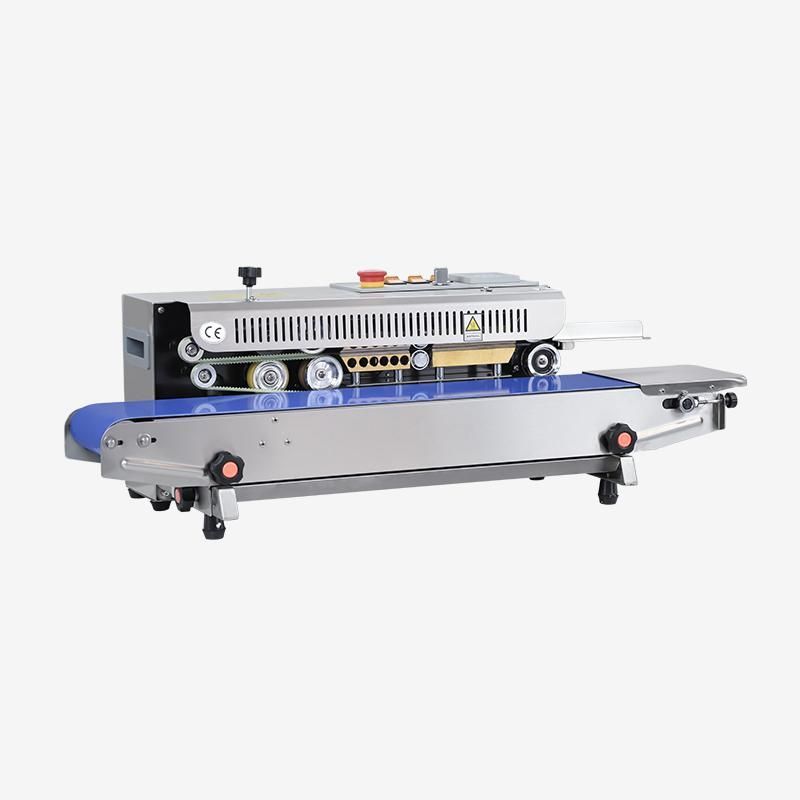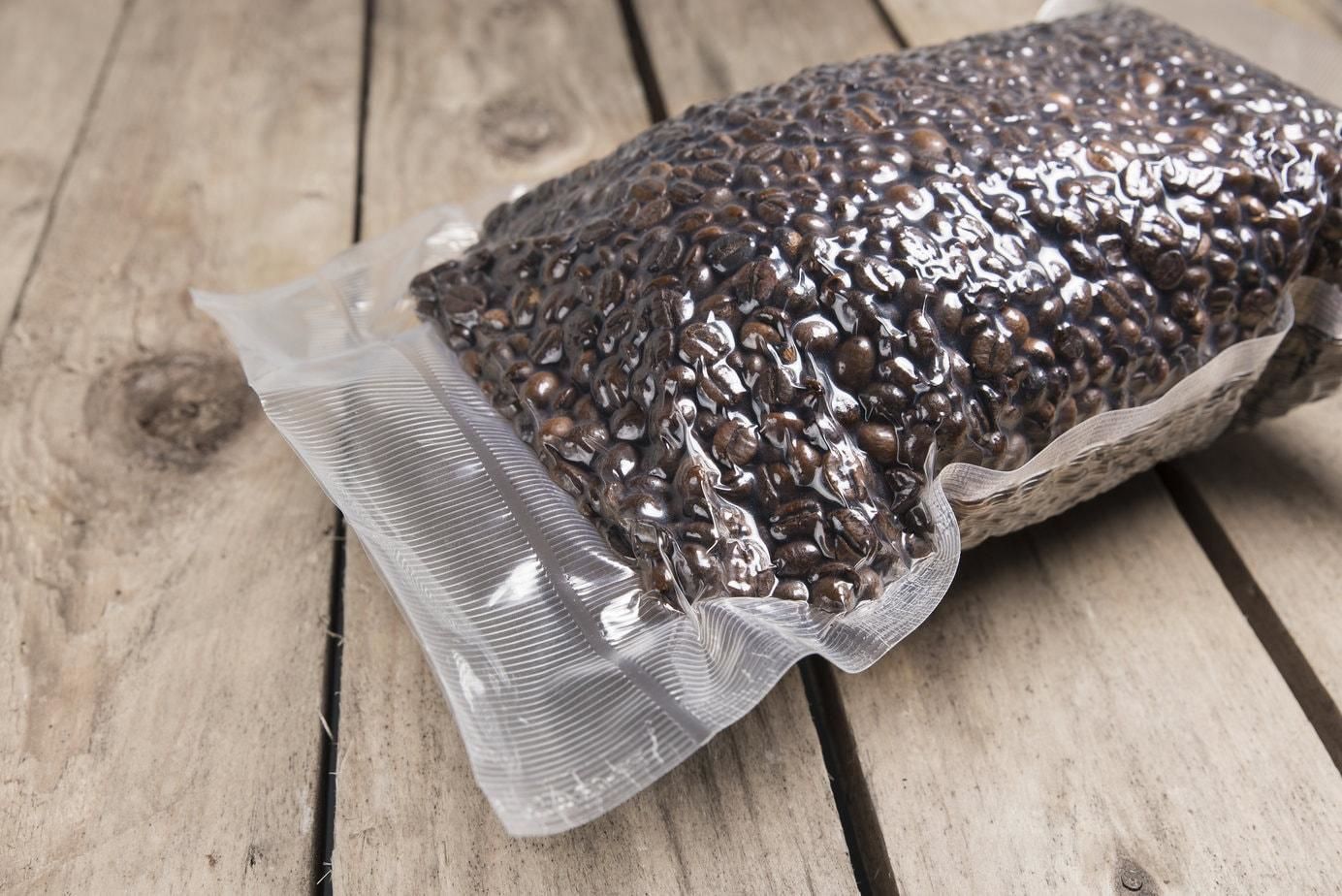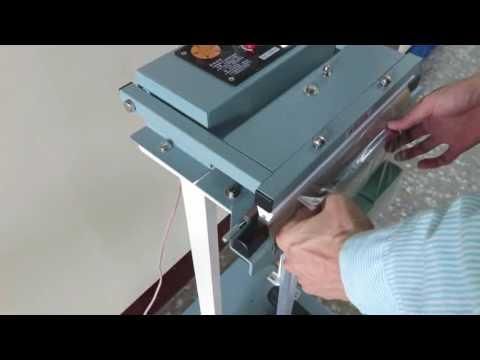One of the most crucial steps for coffee roasters is properly sealing coffee bags.
Coffee loses quality once the beans are roasted, so the bags must be tightly closed to maintain the coffee’s freshness and other desirable qualities.
To assist enhance and keep the flavour and aromatic compounds of the product, the National Coffee Association (NCA) advises storing freshly roasted coffee in airtight containers. The coffee’s exposure to air, light, heat, and moisture is reduced as a result.
In essence, two layers of packaging material are fused together to seal coffee bags using heat and pressure.
To complement brand design, product kind, or market sizes, coffee roasters may employ various coffee packaging structures. For instance, some people might utilise stand-up pouches or quad-seal pouches, which all require various sealing techniques.
What to take into account while selecting a coffee bag sealer
When selecting a coffee bag sealer, roasters must take into account a number of things.
It might be feasible to package and wrap coffee by hand for small or freshly founded coffee roasters.
Choosing this option gives roasters greater flexibility than purchasing an automatic sealer because it enables them to package coffee as needed.
An automatic sealer, on the other hand, might be more practical for large-scale roasters because they frequently feature temperature control options that let roasters seal bags made of various materials.
As a result, roasters must have a thorough understanding of their packaging.
For instance, roasters can decide whether they need steady heat or impulsive heat based on the type and thickness of the material.
The breadth of the coffee bags will also need to be taken into account by roasters. This will aid in determining the maximum sealing length necessary and provide roasters with guidance regarding the seal’s required width.
More specifically, roasters will need to think about how quickly they need to seal their coffee bags. Which sealer model is most efficient can be determined by calculating the number of bags that must be sealed in a specific amount of time.
Processes that are frequently used in the business to seal coffee bags
Different procedures can be used to seal coffee bags.
Impulse sealers, which only consume power when the sealer’s jaw is lowered onto the packaging material, are among of the most popular. Since they consume less electricity, impulse sealers are frequently seen as more cost-effective and environmentally beneficial.
Impulse sealers convert electrical energy into heat energy by sending a brief burst of electricity across a wire. The sealer’s jaws are then forced against the sides of the coffee bag to melt them together as a result of the heat that has now entered them.
After the procedure, there is a cooling phase to allow the seal to solidify and offer consistently the best possible seal qualities. The coffee bag is then permanently sealed until the customer breaks it open.
As an alternative, direct sealers maintain consistent heat while continuously consuming electricity. These sealers often have stronger heat penetration, allowing them to seal thicker package materials.
However, roasters must account for a warm-up period in the manufacturing process and be mindful that the equipment will remain hot throughout operation when utilising a direct heat sealer.
Vacuum sealers, which take the oxygen out of the bags before they are sealed, are an additional choice for roasters. Using vacuum sealing to stop corrosion, oxidation, and spoilage can be quite successful.
However, because they are porous and less suitable for long-term product storage, polypropylene (PP) or polyethylene (PE) coffee bags are less frequently used for this procedure.
Roasters frequently employ both hand and foot sealers. At the location where the packing needs to be fused together, hand sealers use sealing bars or resistance wires.
Depending on the type of packaging used, the gadget needs to be closed for a number of seconds.
As an alternative, foot sealers enable heat sealing in large quantities. Roasters can activate a single-side heating element by pressing down on the foot pedal. By heat-bonding the coffee bag’s two sides together, this forms the seal.
For materials that need higher temperatures for packing, a double-impulse foot sealer is very efficient. Roasters that have invested in heavy-duty packaging material that is between 10 and 20 millimetres (mm) thick frequently employ these devices.
Double-impulse sealers also offer the benefit of heating the strips from both sides, resulting in a stronger bond.
It’s crucial to understand that packing seams frequently act as weak points, enabling air and moisture to enter and thus destroying the beans. To prevent pinholes, punctures, and other blemishes, coffee must be sealed.
Should coffee roasters purchase hand & foot bag sealers?
It’s crucial for speciality coffee roasters to make sure their coffee gets to the consumer with all of its original properties unaltered.
The development of unpleasant, rancid odours or the loss of scent might hurt their brand and drive away repeat customers.
Roasters can reduce the risk of oxidation and maintain the bag’s protective layer of CO2 by making a successful bag sealing investment.
For individuals seeking movable, heat-sealing technology that can be applied to materials of various lengths, hand sealers are the best choice.
They are typically restricted to a sealing thickness of up to 10mm and a width of 4 to 40 inches. Additionally, they might be able to seal 6 to 20 packages every minute.
For continuous sealing, where both hands are required to position the coffee bags, foot sealers are perfect. They can handle materials up to 15mm thick and 12–35 inches wide, and they are typically faster than hand sealers.
A foot sealer should be able to seal 8 to 20 coffee bags each minute on average.
Whatever the selected technique of sealing, roasters must make sure the coffee bags themselves have excellent barrier qualities.
Cyan Pak can offer roasters heat sealers that are simple to use, long-lasting, and quick in addition to eco-friendly, 100% recyclable coffee bags produced from sustainable materials.
Our selection of coffee bags is produced utilising multilayer LDPE packaging with an eco-friendly PLA liner or kraft paper, rice paper, or both.
Furthermore, we provide our customers total creative freedom over the look of their coffee bags. Our design team creates unique coffee packaging using cutting-edge digital printing.
In addition, Cyan Pak provides low minimum order quantities (MOQs) to micro-roasters that want to maintain agility while demonstrating their brand identity and environmental commitment.
Post time: Jul-27-2023


